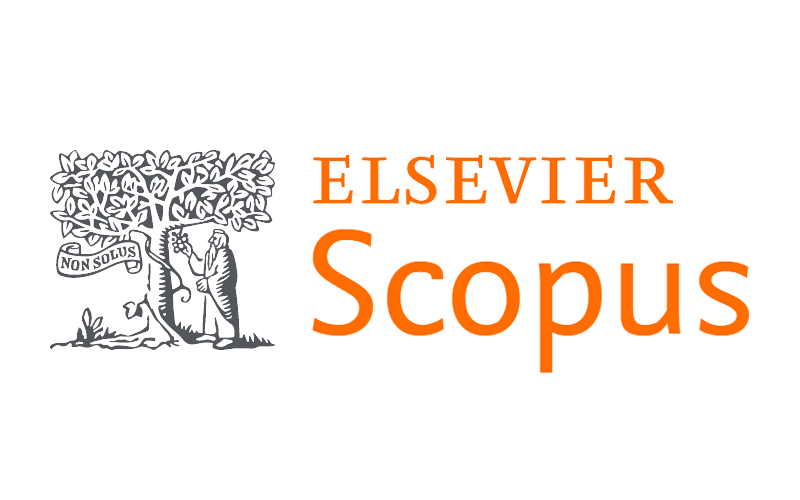Bridging the gap in rural and underserved areas through AI‐enabled solutions
DOI:
https://doi.org/10.7196/SAMJ.2025.v115i5b.3670Keywords:
artificial intelligence, rural populations, Healthcare disparitiesAbstract
Healthcare disparities between urban and rural populations remain one of the most pressing challenges in global health. In underserved areas, patients face numerous obstacles, including a lack of healthcare infrastructure, long distances to medical facilities, shortages of skilled professionals, and limited access to real-time medical resources. These challenges result in poor health outcomes, higher mortality rates, and increased disease burden in rural communities.
However, artificial intelligence (AI) is emerging as a transformative tool in addressing these healthcare gaps. By leveraging AI-driven solutions, we can create sustainable and scalable healthcare models that improve access, enhance the quality of care, and optimise resources for underserved populations. This article explores how AI is revolutionising rural healthcare, with a focus on the practical applications that can make a meaningful difference.
Downloads
Published
Issue
Section
License
Copyright (c) 2025 L J Mnyaka

This work is licensed under a Creative Commons Attribution-NonCommercial 4.0 International License.
Licensing Information
The SAMJ is published under an Attribution-Non Commercial International Creative Commons Attribution (CC-BY-NC 4.0) License. Under this license, authors agree to make articles available to users, without permission or fees, for any lawful, non-commercial purpose. Users may read, copy, or re-use published content as long as the author and original place of publication are properly cited.
Exceptions to this license model is allowed for UKRI and research funded by organisations requiring that research be published open-access without embargo, under a CC-BY licence. As per the journals archiving policy, authors are permitted to self-archive the author-accepted manuscript (AAM) in a repository.
Publishing Rights
Authors grant the Publisher the exclusive right to publish, display, reproduce and/or distribute the Work in print and electronic format and in any medium known or hereafter developed, including for commercial use. The Author also agrees that the Publisher may retain in print or electronic format more than one copy of the Work for the purpose of preservation, security and back-up.





